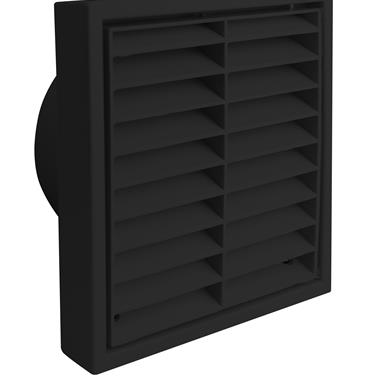- Joined
- 22 May 2016
- Messages
- 98
- Reaction score
- 1
- Country

Hi guys,
I've recently moved into a property, which has a small, but useful basement. I am currently doing some wiring for a burglar alarm and wanted to install the main control panel in the basement (hidden away).
However, I have noticed that although the cellar seems dry, majority of the items, especially metal ones such as filing cabinets and metal shelves are pretty rusted with a hint of dampness on them.
I also have some air vents and I read on another forum that you should block these...however I felt a bit concerned, as surely the whole purpose of air vents is to keep the place dry????
Your advice would be most appreciated.
I've recently moved into a property, which has a small, but useful basement. I am currently doing some wiring for a burglar alarm and wanted to install the main control panel in the basement (hidden away).
However, I have noticed that although the cellar seems dry, majority of the items, especially metal ones such as filing cabinets and metal shelves are pretty rusted with a hint of dampness on them.
I also have some air vents and I read on another forum that you should block these...however I felt a bit concerned, as surely the whole purpose of air vents is to keep the place dry????
Your advice would be most appreciated.
Last edited:




